A Stirlingshire GP has warned the health of Scotland’s farmers could be hardest hit as the NHS continues to be squeezed.
Shorter appointment times, less face-to-face consultations and growing waiting lists could lead to some in the agricultural industry “falling through the cracks”, according to Dr Kyle Lifson.
Long working hours and the unpredictability of farm work has long made it harder for farmers to book and then attend appointments.
Now, with less appointment time available for a “holistic approach”, Dr Lifson is concerned specific health issues that affect farmers may not always be picked up.
‘Farmers tend to value continuous care’
Dr Lifson, who worked as a GP in rural Stirlingshire for more than two decades before opening a private practice in Stirling, said: “In my experience, farmers tend to value continuous care.
“The old-fashioned ‘cradle to grave’ system was better suited to Scotland’s farmers, as GPs would really get to know them and their lifestyle.
“It is vital GPs are given the time to do a full background history, so that some of the more unusual illnesses that affect farmers can be picked up.
“And also so that farmers have the time to speak about all of their symptoms when they do attend.
“Clinicians must be aware that when farmers do present, it is more unusual and you need heightened clinical awareness.
“If you have less than 10 minutes with a patient, it is less easy to hone in on their background and occupational hazards.
“I worry that the limits of the current system could adversely affect farming communities.”
Farmers are ‘stoic bunch’
Dr Lifson, who continues to work for the NHS as a locum on the Scottish islands and was medical officer for Lomond Mountain Rescue Team, described the country’s farmers as a “stoic, self-sufficient bunch” who keep going when they feel unwell for the sake of their livelihood.
He continued: “When you have to be outside working at 5am, or have a sick ewe that needs a vet, you don’t have time to wait on hold to your surgery for an hour.
“When I was a rural GP in a farming area of Stirlingshire, I knew that if a farmer or their family member called to say they were unwell, they would be unwell.
‘If they can take a paracetamol, they will’
“It’s not a cliche – farmers don’t call you if they can avoid it. If they can take a paracetamol, they will.
“Farmers are infrequent attendees to appointments and preventative clinics, due to the nature of their work.
“Unfortunately, that means things often aren’t picked up at an early stage.”
Dr Lifson said those working on farms have a higher risk of respiratory conditions such as “farmer’s lung” – caused by inhalation of hay dust and mould spores – and exposure to bacteria, such as Weil’s disease, brucellosis and E. coli.
Serious physical injuries at work are also more likely, caused by falls or becoming caught in machinery.
There is also a higher-than-average rate of suicide, particularly among men in farming.
Farming is ‘high pressure industry’
Dr Lifson, who started Kalmed private GP clinic in Stirling in 2017, added: “It is a high pressure industry, with many factors that cannot be controlled – such as sale prices, grants and the weather.
“Farmers often have many people reliant on them, from family members to workers to people further along the chain.
“Stresses are only increasing as the cost of living goes up and the prices they can get for milk, barley and livestock go down.”
Women’s role in farming has changed
Dr Lifson has also noticed an increase in obesity-related health outcomes in recent years, with the increase in automation in farming.
It is important to look at how the industry affects men and women’s health differently, he said.
The senior honorary clinical lecturer at Glasgow University School of Medicine added: “In days gone by, women were often farmers’ wives and ran the farmhouse.
“But that has changed and many women run their own farms.
“Statistically, women are better at seeking help and are usually the ones who get in touch when their children – or sometimes their husbands – need medical assistance.
“However, as we see more women with physical roles in agriculture, it is important that clinicians now look at how farming can impact women and how that may be different to men.”
‘Significant challenges’ in general practice
Recent studies have shown the UK has the shortest GP consultation times in Europe, fuelled by a shortage of general practitioners.
In 2022, the Scottish Government pledged to recruit an additional 800 GPs by 2027.
Dr Chris Williams, joint chairperson of the Royal College of General Practitioners Scotland, said at the time: “Scottish general practice is facing significant challenges and recruiting into the profession has never been more important.”
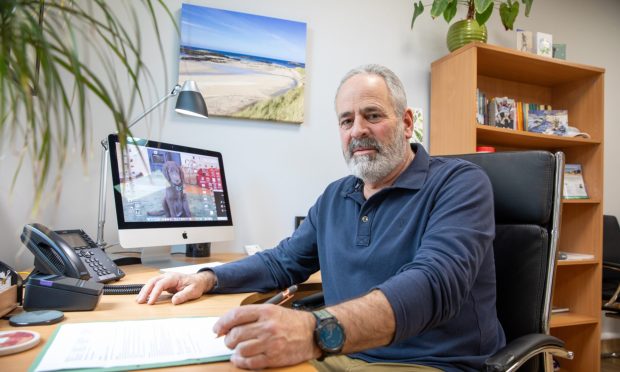

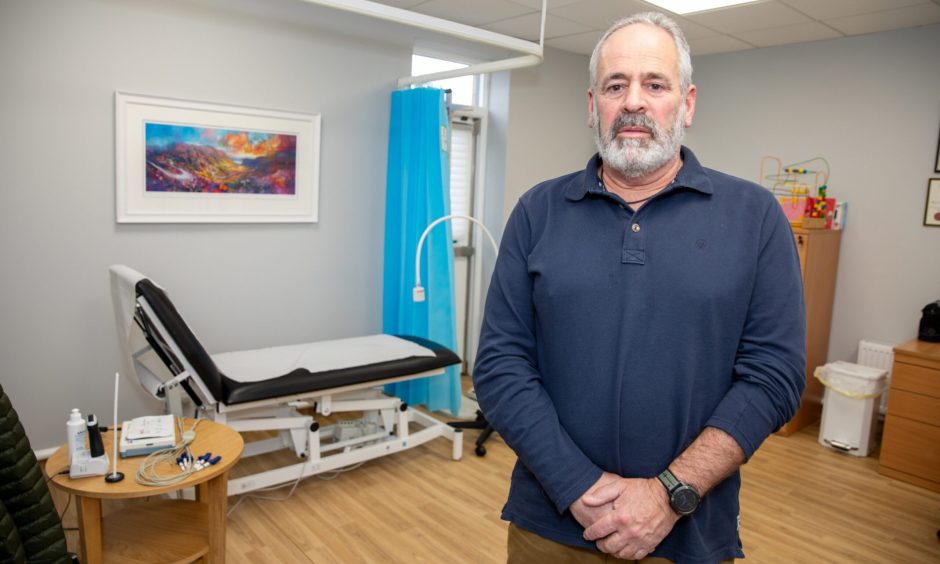
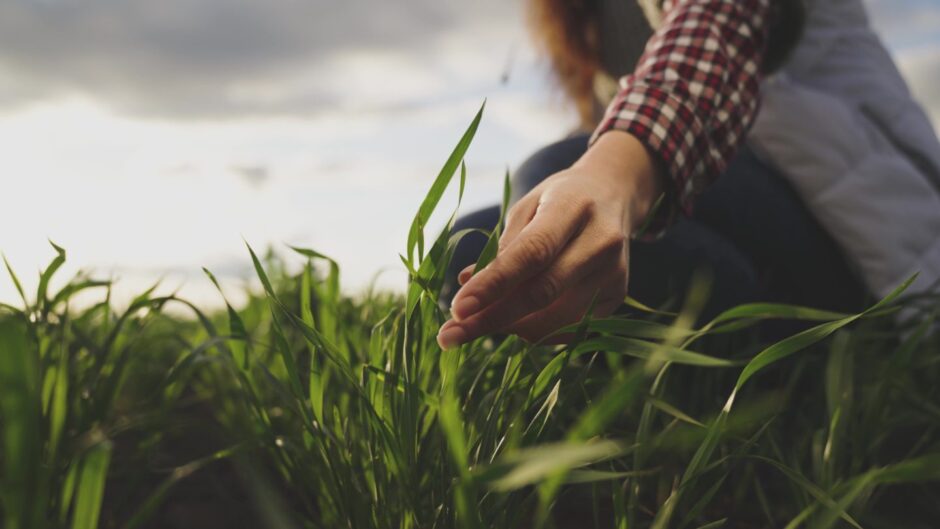
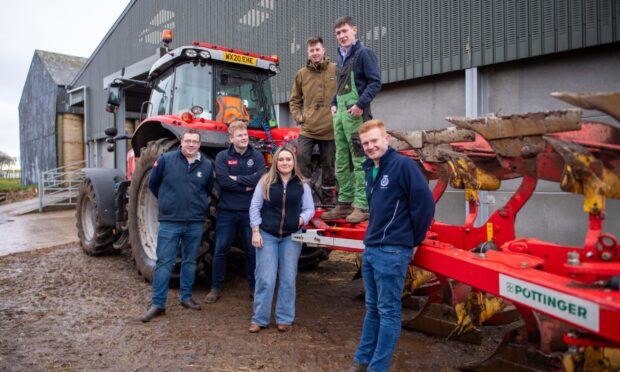
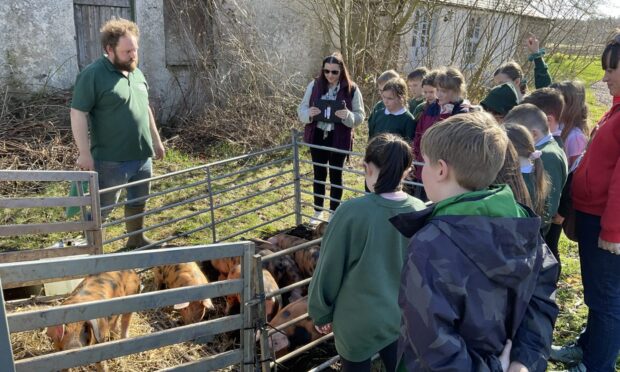
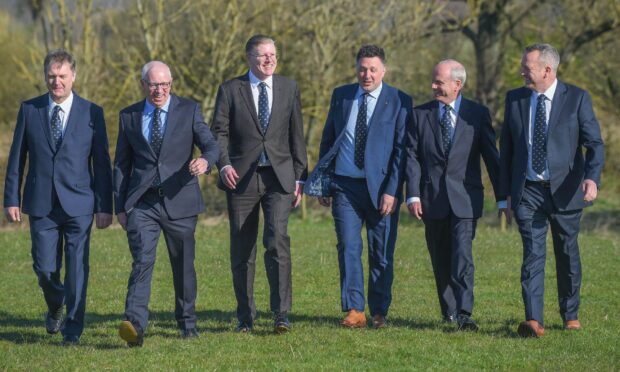
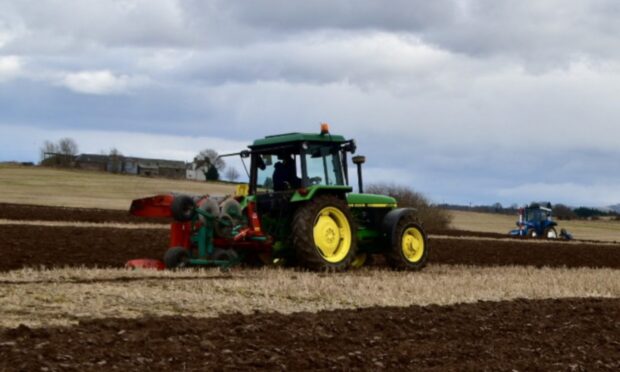

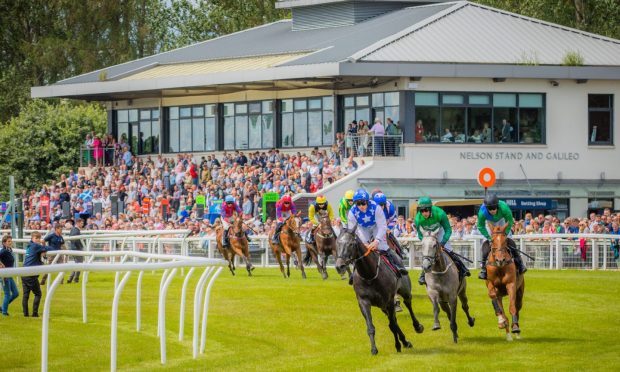


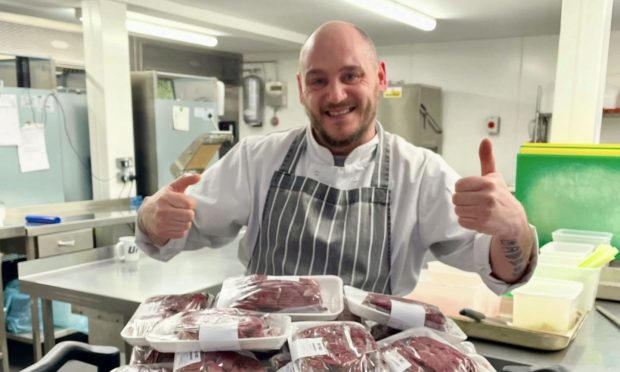
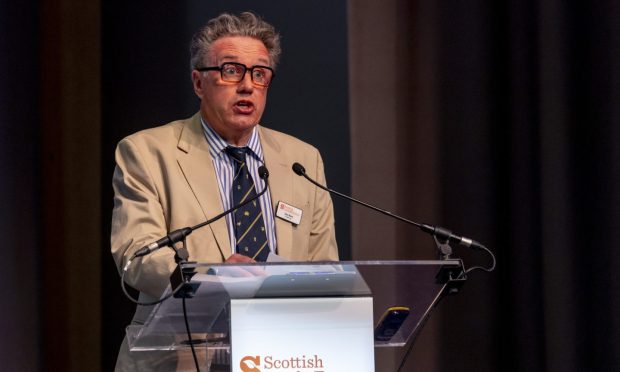
Conversation